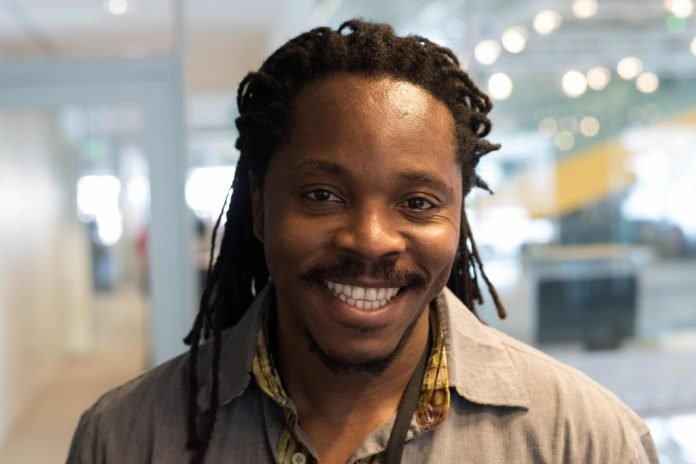January 22, 2021
Albert Baron Ansu
One laudable element of the Free Quality Education scheme of President Julius Maada Bio is the integration of Science and Technology. Long before now, the late President Tejan Kabbah created the Ministry of Education and Technology.
It was an aspiration to make the country catch up-making up for the failings in the sciences. The wide disparity in students reading science in comparison to the Liberal arts and social science was very stark to ignore.
Several years in the post war dispensation, what has changed in the actualization of upgrading science in schools and colleges has been wobbling. Many schools lacked laboratories and even qualified teachers. This rudimentary gap is yet to be resolved even where current government has created a Directorate of Science Technology and Innovation, DSTI. The driving force behind this effort was captured in the statement of the President at the moment of commissioning the entity.
He said: my strategic vision is developed around questions. Can we plan our economy for long term sustainable growth by deploying innovation? Can we collect reliable data over time that we can use to our advantage in economic planning in the delivery of government services?
As though the President was speaking aloud and seeking answers from the void. But no; he had already sought the answer from his chief minister, the Silicon Valley don Dr. Moinina Sengeh, the chief innovator. He must have convinced the President that this yearning is plausible and feasible. Under the driving force of Sengeh, there are twenty scientists, researchers and technical policy experts. Why is the effort worth celebrating?
The networks it has cultivated from Bill and Melinda Gate Foundation, the Massachusetts Institute, World Bank, UNICEF Innovations, Ted, E-governance Academy of Estonia and Kiva and Tony Blair Institute, among others. These are top notch innovation development platforms, which linkages to our nascent drive to mainstream technology in the operations of our public sector can be assured of tangible solutions.
But can refer as deliverables from the DSTI, two years running. We have been told about the Go SL Integrated GIS Platform, the Free Quality Education Data Hub and the e-PETs, which is part of a larger national financial data services mapping platform.
A click on at Integrated GIS Platform can lead you to blank spot. It can readily expose a user to critical data sets by districts and sector specific statistics. For instance in education it tells us gender disaggregated figures, the number of schools and the enrollment stats etc.
District financial details can be captured for instance about Bombali where there 144 financial institution, with a population of 422, 960 and a male population of 205,914 as against 217,046 female dominance.
Health data for Bo is captured: a total population of 574,918, male population 280,305, female population 294,615 with a total health facility of 128.
The illustration is intended to prove a point that something remarkable is obtaining at the Directorate of Science and Technology to aid decision making in responding to local needs in diverse areas. This is truth anchored around the indispensability of data in planning for national development.
Perhaps the UNICEF Innovation, the magicbox as a proposition intended to create collaboration through contributions of private sector partners such as Telefonica, Google, IBM, Amadeus and Red Hat in sharing real time data to gain insights into the needs of vulnerable populations with a view resources apportioning in terms of disaster, epidemics and other challenges.
According to UNICEF Innovation Office, this open-source platform ingests data from both public sources and from private sector partners, and generates insights based on methodologies and algorithms provided by our data science team. These insights are made available to the development and humanitarian partners through an API and user interfaces.
As it relates to education it is said: UNICEF Innovation is building a tool using high-resolution satellite imagery and applying Deep Learning techniques to map every school in the world. The data generated and visualized through an online platform will help identify where the gaps and information needs are, serve as evidence when advocating for connectivity and help national governments optimize their education systems. It will also allow us to measure vulnerabilities and improve our emergency response and resilience against natural disasters and crisis.
Key targets have set to include the gather information about how connectivity affects learning; how connectivity can be used to support learning and provide relevant personalized content.
So for Sierra Leone, a research tool of this nature is going to establish an increasing need for connectivity in schools, especially in the rural settings. And this has implications for other resources such as energy, especially clean renewable energy. And the government has project plans in the direction that must gain traction in the processes set in motion. Hopefully, when student and teachers in schools are prepared and incentivized to go digital, learning outcomes will be better off than what we are witnessing.

